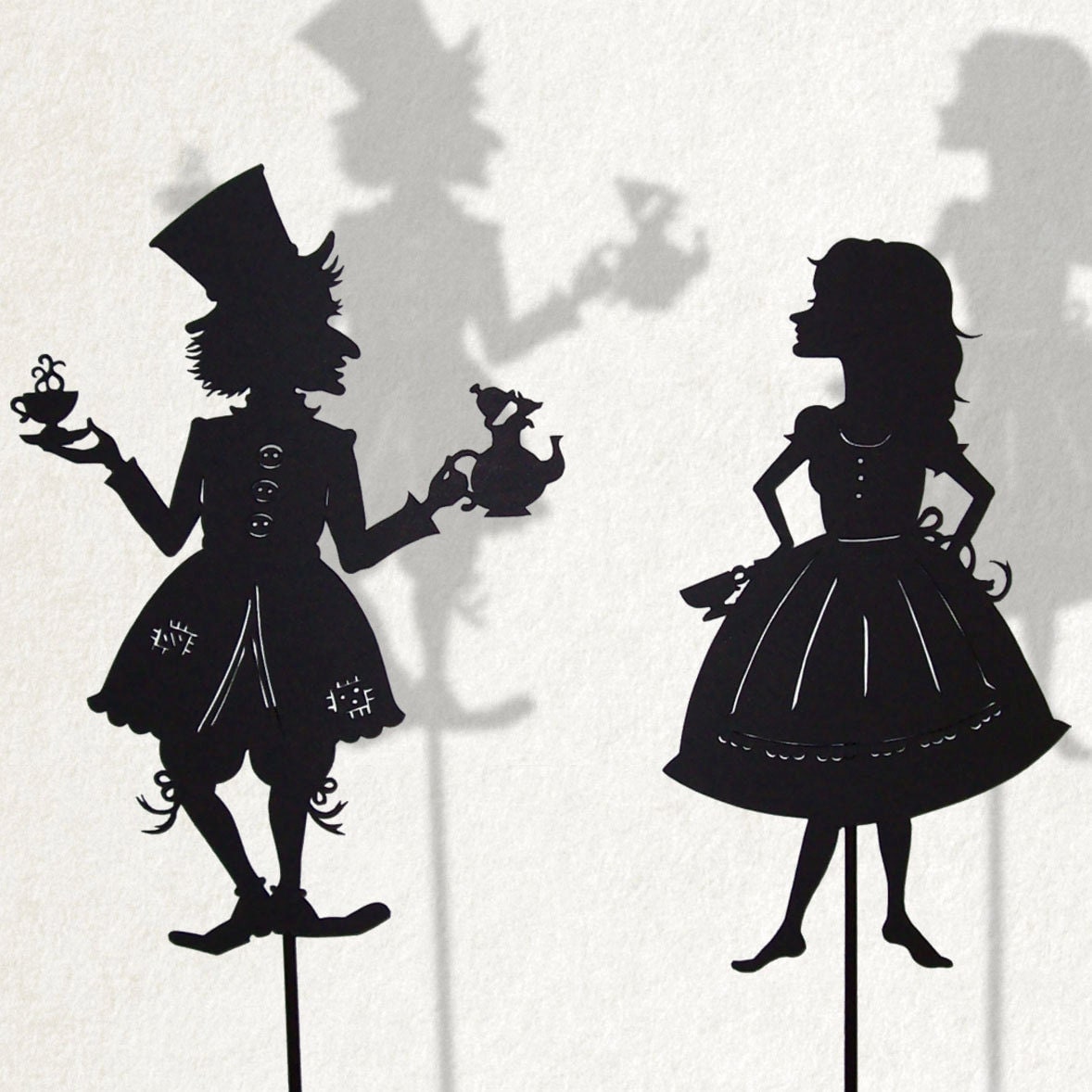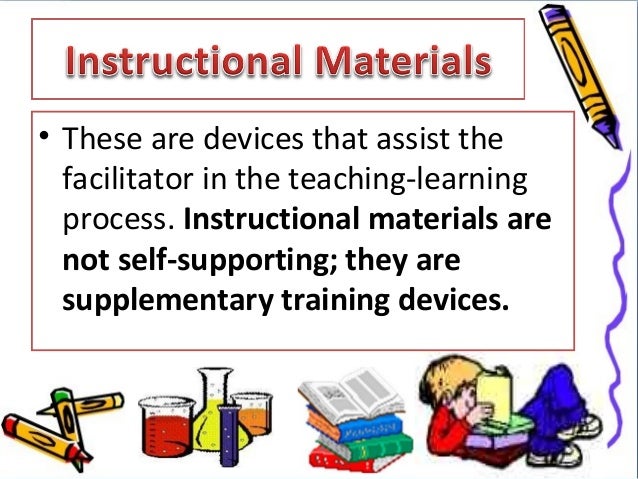Demonstrations in Teaching
A demonstration is a
teaching method used with both large and small groups. Demonstrations become
more effective when verbalization accompanies them. For example, in a half
demonstration-half lecture, an explanation accompanies the actions performed.
It is a generally accepted learning theory that the greater the degree of
active participation and sensory involvement by the learner, the more effective
learning will be.
Advantages (Newby,
Stepich, Lehman, & Russell, 1996, p. 48)
Demonstrations....
· Utilize
several senses; students can see, hear, and possibly experience an actual event
· Stimulate
interest
· Present
ideas and concepts more clearly
· Provide
direct experiences
· Reinforce
learning
Disadvantages (Kozma,
Belle, Williams, 1978, p. 343)
Demonstrations...
· May
fail
· May
limit participation
· May
limit audience/client input
· Require
pre-preparation
Tips: (Chernoff,
1994, p. 17-20)
1. Know your audience
· How
much experience or knowledge do they have?
· Are
you teaching them a new technique or sharing basic information?
2. Set your
objectives
·
Review your lesson plan for your
objectives.
·
What do you expect the learner to be
able to do following your demonstration?
3. Plan your
preparation time
·
Plan for the time it takes to shop for
groceries and to prepare props
·
Make a list of ingredients, utensils,
or props needed
·
Test equipment, recipes, methods etc.
ahead of time
4. Plan your
recipes/activities
· Choose
uncomplicated recipes with few ingredients
· Consider
the amount of pre-preparation required
· Be
aware of the cost of ingredients
· Do
you need a full recipe? How long does it take?
· Do
you need to prepare a recipe in advance?
· Practice
recipe or activity
Source:
Training Curriculum, Family Nutrition Program, Purdue University
Cooperative
Extension, 2001.
5. Involve your
audience/client
· Ask
for a volunteer to stir, chop, and assist with other preparation
· Involve
the audience in activities or demonstrations where possible
6. Be prepared for
various room arrangements
· Do
you need an electric skillet? Burner? Extension Cord?
· You
may need to be flexible, go prepared for a variety of settings
· Exclude
distractions (close the door, turn off the radio/TV)
7. Help your
audience/client to see what you are doing
· Use
trays and clear containers
· Arrange
the room so everyone can see (If a large group, may need to be in a
semicircle.)
· Face
your audience as much as possible
8. Provide handouts
to support what you say
· Typed
copies of recipes used
· Review
the key points of the demonstration
9. Be organized
· Have
everything for one recipe on a single tray
· Place
ingredients in a logical order and label (name, quantity)
· Work
in one direction
· Dovetail
various tasks
· Plan
for serving procedure & clean up (serving utensils, dish cloths, waste
containers, etc.)
10. Follow food
safety precautions
· Remind
participants to wash hands before handling food
· Keep
foods out of the Danger Zone
Demonstrations are an effective method for teaching concepts and
problem-solving procedures. A good demonstration should lead to increased
attentiveness, learning, and performance.








